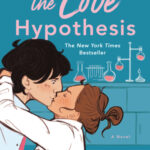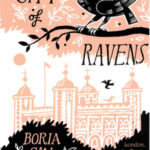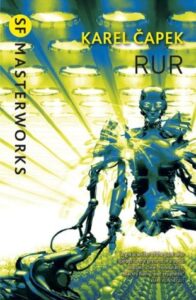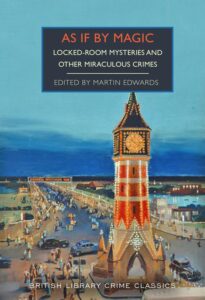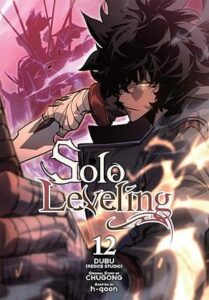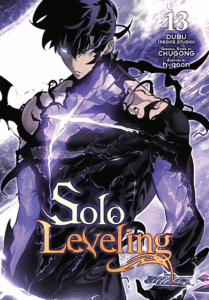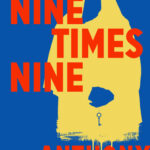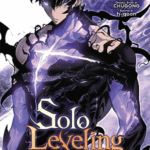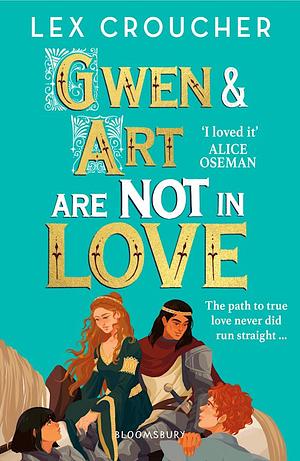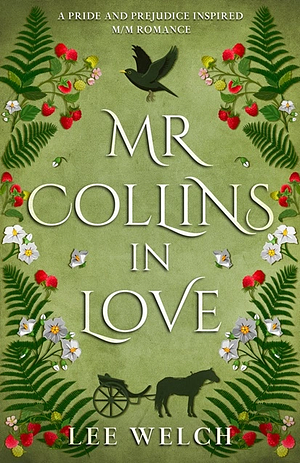
Mr Collins in Love
by Lee Welch
Genres: Historical Fiction, RomancePages: 151
Rating:

Synopsis:The year is 1811 and the new rector of Hunsford, Mr William Collins, must be above reproach. He must be respectable, pious, good at losing at quadrille, and disapproving of popular novels. Above all, he must obey his terrifying patroness, Lady Catherine de Bourgh.
When William’s boyhood friend Jem arrives, looking for safe harbour from the press-gangs, William’s ‘perfect clergyman’ disguise begins to slip. A farm labourer’s son, Jem is gentle and loyal, and being with him is all William wants. Soon, Jem and William renew their youthful intimacies—until Lady Catherine’s demands come between them.
Can William find a way to navigate the Regency marriage market without losing his beloved Jem?
This m/m historical romance is a Pride and Prejudice spin-off and features characters from the original novel by Jane Austen alongside original characters.
Lee Welch’s Mr Collins in Love is based around, yep, Mr Collins from Pride & Prejudice: the book is written from his point of view, and with empathy toward him. Here he’s coded as being on the spectrum, and powerfully concerned with keeping up appearances in order to be able to maintain the quiet home life he loves — which leaves him stuck between the problem of needing to marry to satisfy his patroness, while not wanting to bring home a young wife who will disrupt his household.
That need intensifies when a friend from his boyhood arrives and asks to be taken in. They aren’t of the same social status, but that never mattered when they were kids, and Mr Collins finds that it doesn’t matter when they’re alone together now, either, which becomes a powerful comfort to him.
The vibe here is really gentle, and it’s less about all-consuming romance than comfort and having someone you can be yourself with. Mr Collins loves Jem, undoubtedly, and he does say so, but it’s more about the companionship between them, and finding a way to continue the way they’ve been. They don’t kiss, they barely touch, and I can see why some readers don’t find it much of a romance, but relationships don’t all have to look exactly the same to be a real romance.
I did also enjoy the stuff that fleshed out Mr Collins’ everyday world — the work he does as a rector, the work he enjoys in the garden — and the practical arrangement he comes to with Charlotte Lucas, which promises another potential kindred soul, or at least the continuation of his quiet and peaceful world.
I think Welch did a great job; I’m not a Pride & Prejudice fan, nor a superfan of Austen in general, so maybe purists would hate it, or fans would want more of it to be explored, like Collins’ interactions with the Bennets (we only really see Mr Bennet). Personally I don’t think I’d have wanted much more of it (and I found the scene with Mr Bennet quite awful because he so clearly mocks Collins), so it seemed perfect to me. I might’ve liked a little more of the aftermath, with Charlotte Lucas moving into Collins’ home, but the promise of gentle contentment is enough.
Rating: 4/5 (“really liked it”)

